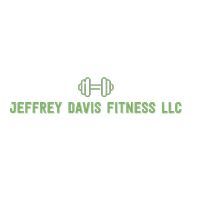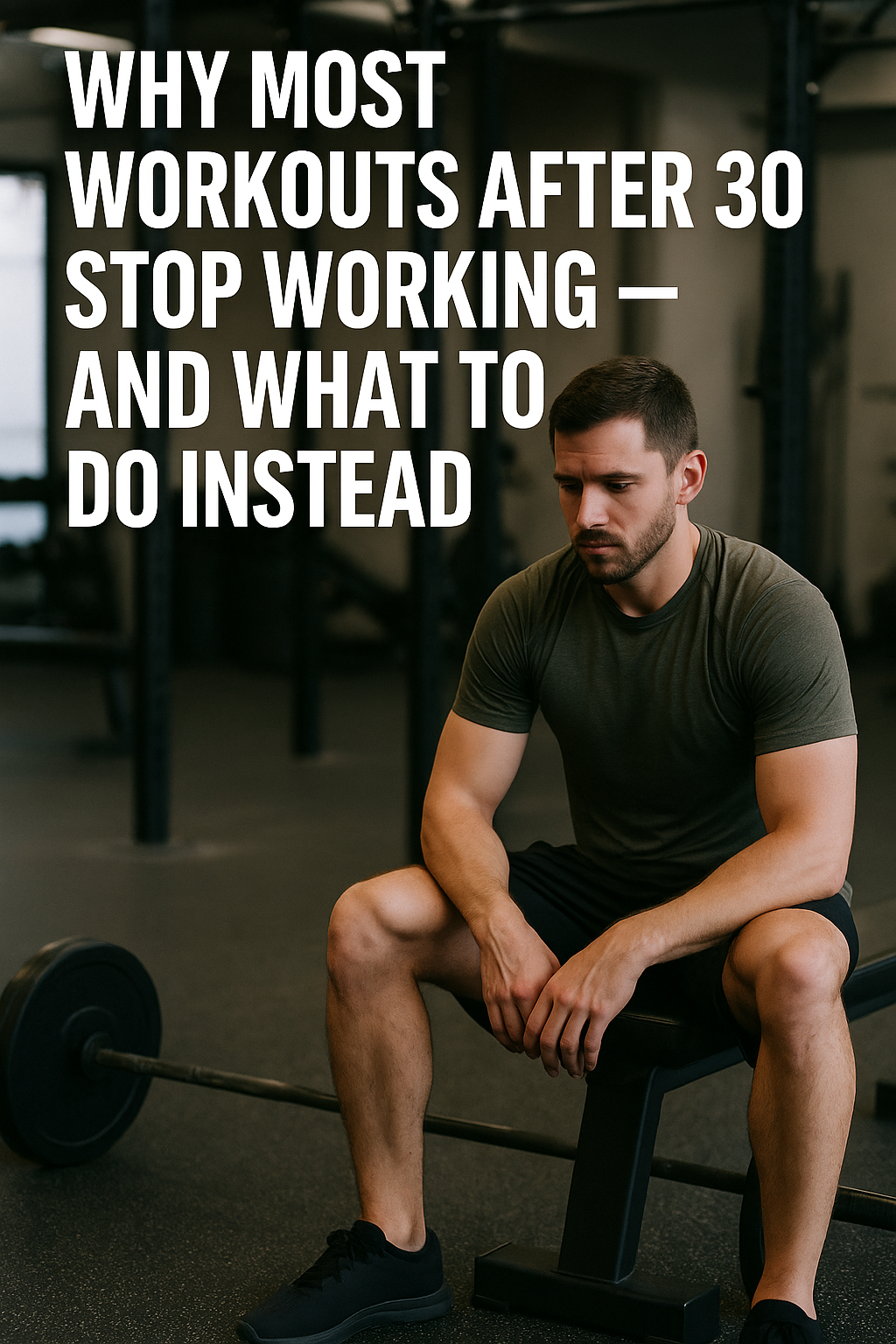Fitness Apps: Your Digital Personal Trainer
In today's fast-paced world, fitness apps have emerged as indispensable tools for individuals seeking to improve their health and well-being. These digital companions offer a wide range of features, from tracking workouts and calories to providing personalized training plans and nutrition advice. But do these apps truly deliver on their promises? Let's dive into the world of fitness apps and evaluate their effectiveness.
Workout Tracking and Planning Apps
- MyFitnessPal: Renowned for its robust calorie tracking capabilities, MyFitnessPal allows users to log their food intake, track macronutrients, and set daily calorie goals. With a vast database of foods and recipes, MyFitnessPal is a comprehensive tool for those looking to manage their diet and weight.
- Nike Training Club: Offering a diverse library of guided workouts, from strength training to yoga and high-intensity interval training (HIIT), Nike Training Club caters to various fitness levels and preferences. Its personalized workout plans, designed based on individual goals and experience, make it a popular choice for those seeking structured workouts.
- MapMyRun: A must-have for runners and walkers, MapMyRun tracks routes, distance, pace, and elevation. By integrating with other fitness trackers and offering social features, MapMyRun fosters a sense of community and motivation among users.
Home Workout Apps
- Peloton: While primarily known for its stationary bikes, Peloton's app offers a vast library of on-demand workouts, including cycling, running, strength training, and yoga. With live and recorded classes led by motivating instructors, Peloton provides a studio-like experience right at home.
- Fitbit Coach: Combining personalized workout plans, guided workouts, and nutrition advice, Fitbit Coach offers a holistic approach to fitness. Its integration with Fitbit devices allows users to track their steps, heart rate, and sleep for a comprehensive view of their health.
- Yoga with Adriene: For those seeking a more mindful approach to fitness, Yoga with Adriene offers a wide range of yoga classes suitable for all levels. Adriene's approachable and encouraging style makes her classes enjoyable and accessible to beginners and experienced practitioners.
Nutrition and Meal Planning Apps
- Lose It!: Similar to MyFitnessPal, Lose It! is a popular calorie-tracking app that offers barcode scanning, meal planning tools, and community features. Its user-friendly interface and comprehensive database make it a convenient option for those looking to manage their weight and nutrition.
- Mealime: Providing personalized meal plans based on dietary preferences and restrictions, Mealime takes the guesswork out of meal planning. With grocery list suggestions and recipe recommendations, Mealime simplifies the process of eating healthy and nutritious meals.
- Cronometer: For individuals seeking a more scientific approach to nutrition, Cronometer offers detailed macronutrient tracking, micronutrient analysis, and food composition data. This app is ideal for those who want to optimize their diet for specific fitness goals or health conditions.
The Effectiveness of Fitness Apps
While fitness apps can be powerful tools, their effectiveness ultimately depends on your commitment and consistency. Here are some tips for getting the most out of these digital personal trainers:
- Set realistic goals: Start with achievable goals and gradually increase the intensity and duration of your workouts.
- Find an app that suits your preferences: Choose an app with features and content that you enjoy.
- Stay consistent: Make a habit of using the app regularly and tracking your progress.
- Combine app workouts with other activities: Don't rely solely on apps; incorporate other forms of exercise like outdoor activities or group classes.
- Seek professional guidance: If you have specific fitness goals or health concerns, consult with a fitness professional (can sign up for a FREE consultation here) or healthcare provider.
By using fitness apps strategically and combining them with a healthy lifestyle, you can enhance your fitness journey and achieve your goals.











